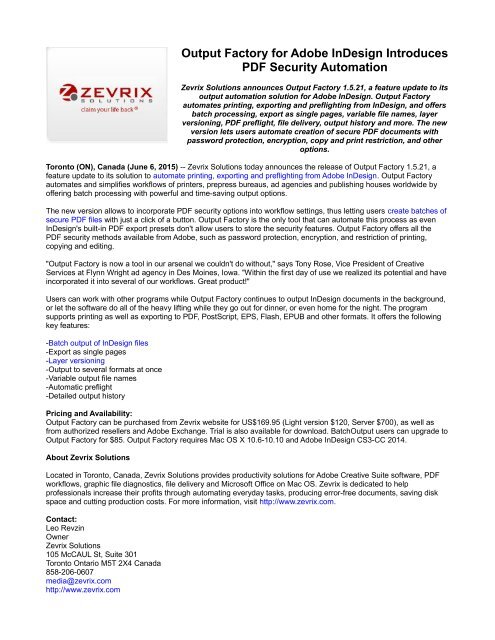

The Phanerozoic eon is parted into three eras: the Paleozoic, the Mesozoic, and the Cenozoic. The World's Great Events: An Indexed History of the World from Earliest Times to the Present Day, Volume 2 Esther Singleton 3 000 000.
HISTORY OF AUTOMATION TO PRESENT DAY DRIVER
Capitalism, for example, is currently seen by many as a driver for innovation, but its underlying theory might face some issues in this future scenario.
HISTORY OF AUTOMATION TO PRESENT DAY FULL
Throughout this period, continents floated about, finally assembled into a single landmass known as Pangea, and then broke up into the modern continental landmasses. In case of rapid full automation, we would have to quickly rethink human labour, redefine our entire value system and redesign theories we currently stick to. It includes approximately 541 million years. The Phanerozoic Eon is the current eon in the geologic timescale. The continents next recombined to create supercontinent Pannotia. During Proterozoic Eon, the earliest-known supercontinent Rodinia started to split apart. Proterozoic Eon (2,500 – 541 million years ago) spaned the time from the rise of oxygen in the atmosphere to just before increasing the diversity of different life forms (trilobites, corals, etc.). They moved across the surface of the Earth, merging to create a supercontinent Rodinia. Finally, the solid crust was formed, and water began accumulating in the atmosphere.ĭuring Archean Eon (4-2.5 billion years ago), the planet’s crust cooled, and continental plates and rocks developed. Significant volcanic eruptions changing the planet’s environment and producing extinctions may have happened ten times in the past three billion years.ĭuring Hadean Eon (4.6-4 billion years ago), our planet was molten due to volcanism and impacts with other space bodies. The Precambrian includes three eons: the Hadean, Archean, and Proterozoic. It stretches from 4.6 billion years ago to the start of the Cambrian Period (about 541 million years ago). The Precambrian covers about 90 percent of geologic time. In this article, I trace how we have moved from ingenious use of agents available in the environment to chemically engineered agents. Finally, the external layer of the Earth cooled to create a firm crust when water started concentrating in the atmosphere. Antimicrobials have been in use for many thousands of years in a variety of formats.

Out planet was initially molten due to intense volcanism and numerous collisions with other space bodies. Earth was created about 4.54 billion years ago by accumulation from the solar nebula, a disk-shaped cloud of gas and dust leftover from the creation of the Sun, which also built other planets and their moons of the Solar System.


 0 kommentar(er)
0 kommentar(er)
